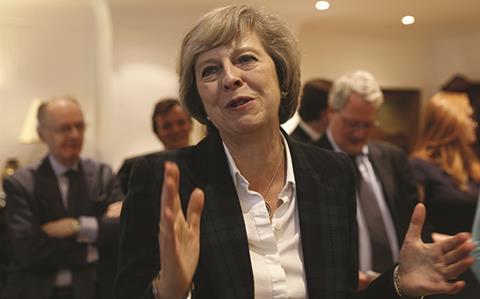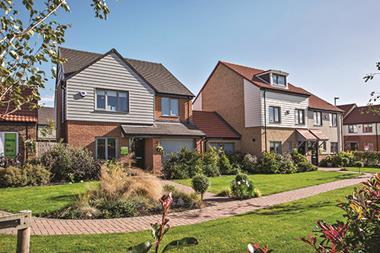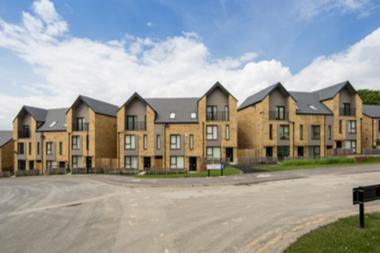I’ve never been invited to the Home Builders Federation annual lunch, which is unsurprising given my less-than-glowing comments about the industry down the years. But I know a man who was at this year’s shindig, and it seems that politics was on the menu more than ever before.

The normally jovial and back-slapping atmosphere was leavened by a dressing down for larger members of the federation by speaker Michael Portillo, I’m told. The former Tory high-flier apparently laid into the assembled sector bigwigs for not building enough homes.
Nowadays he is better known for exploring Europe in an exotic spectrum of jackets in Great Railway Journeys, but his early political career included a brush with housing politics as minister for local government and inner cities. This close to a general election one presumes Portillo would have checked his lines to ensure he was ‘on message’ with government policy.
This involves a marked shift from David Cameron and George Osborne’s focus on home ownership and private sector delivery to Theresa May’s far more pragmatic approach to both tenure and provision.
The elephant in the room at the 27 April lunch was the future of the defining housing policy of the Cameron administration, Help to Buy (H2B).

The chitchat among the 450 guests, I’m told, largely revolved around whether, when and how the equity loan version of the scheme would be ended. Would it be a hard or soft H2B exit, or ‘Hexit’?
Under the H2B equity loan scheme, the buyer must stump up a 5% minimum deposit and government then provides a five-year interest-free loan for up to 20% of the equity in a new-build home, which has to be repaid in line with the change in the price of the home, while interest on the loan starts ticking up after five years. Since its 2013 launch, 112,338 homes have been sold using it. In the latest quarter, it accounted for 40% of total private housing completions in England.
Open to question
That could be held up as a vindication of the success of H2B. Housebuilders have built more homes since its launch (it remains open to question how many they would have built in any case), but a closer analysis of H2B data I’ve number-crunched indicates some more politically contentious trends on affordability.
Between Q2 2013 and Q4 2016, the mean price of an H2B home rose from £186,093 to £264,744 - a compound 10.6% a year. This compares with 7.3% a year for the average English house price, according to the Land Registry. The premium for an H2B home over the English average has increased from 2.9% to 14.4%. The mean household income of an applicant for the loan is now £52,012, with the result that the price to total household earnings ratio is a fairly eye-watering 5.1x - up from 4.5x in 2013.
A question starting to rumble among housing market observers is whether, in effect, housebuilders have been charging more for H2B (or, rather, offering fewer incentives) than for open-market sales. The recent hesitancy of some to buy new land until the future of H2B becomes clearer suggests this is the case. I have always assumed that the effective differential was around 2% to 3%. I’m told, anecdotally, that the real advantage may be double that.
If so, that might explain the rapid growth in housebuilders’ margins, earnings, dividends and, by extension, share prices. The performance of shares has been reflected in the executives’ long-term incentive plans, a subject over which Theresa May has become increasingly exercised.
A closer analysis of H2B data I’ve number-crunched indicates contentious trends on affordability
Much has been made of the strengthened mandate a landslide general election victory would hand Mrs May in her Brexit negotiations. The same could be said about one of her government’s other big policies - to increase housebuilding volumes, by all means necessary, even in the face of opposition from shire county Tories.
The recent housing white paper charts a bold agenda that is much more supportive of housing associations (publicly reviled by Cameron and Osborne) and build-to-rent developers.

In a sign that the government is already putting its money where its mouth is, the Homes and Communities Agency has invested almost 10% in the soon-to-be-floated £250m Sigma PRS REIT. The white paper involves a total of £8.7bn of potential investment, including, for instance, the Accelerated Construction Scheme (it does what it says on the tin).
Irrespective of the tongue-lashing the housebuilders received, my confidante tells me that - the H2B caveat aside - the atmosphere at lunch was fairly chipper. Trading has been good, although possibly not quite as good as it was. Whether a May landslide will change the housebuilding landscape will become clearer at next year’s beanfeast.





























No comments yet